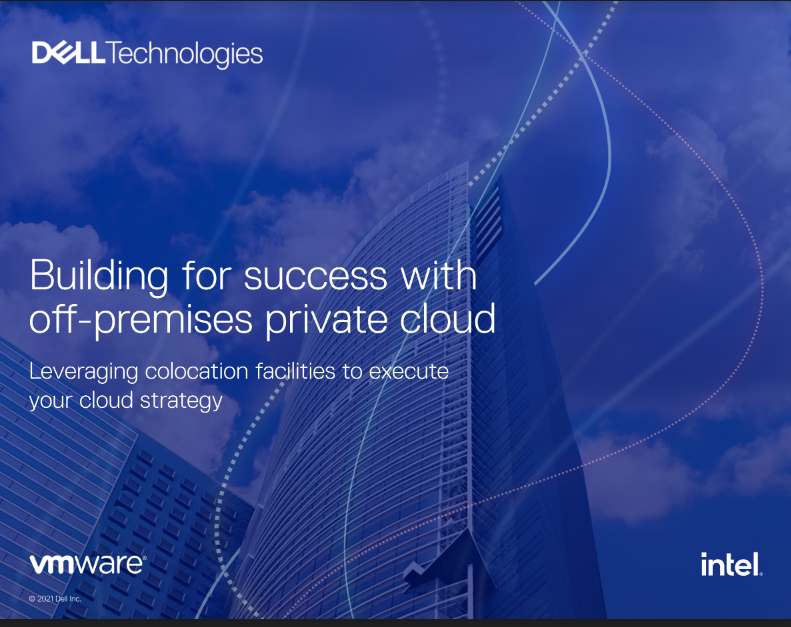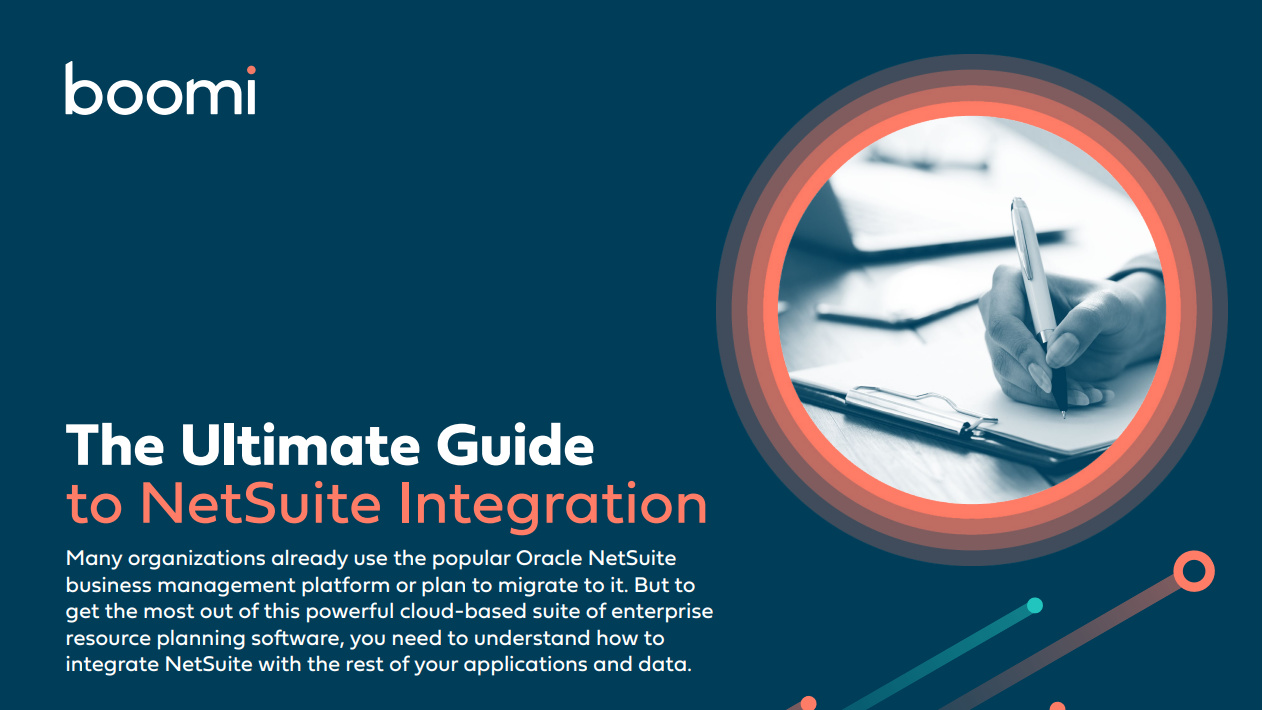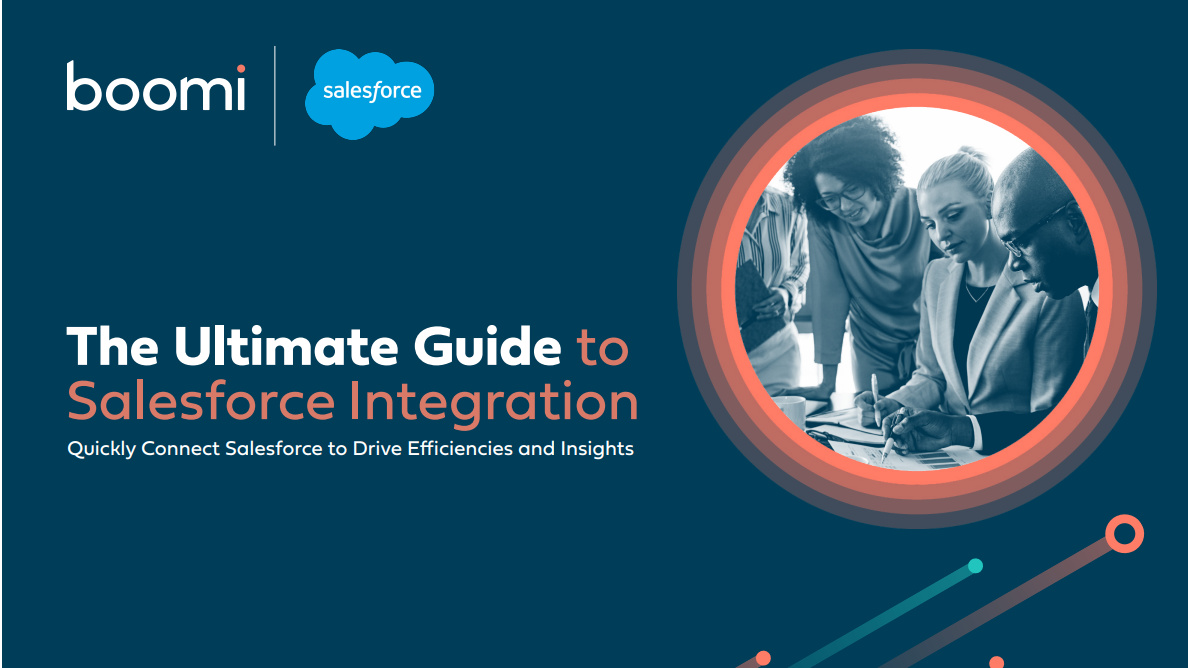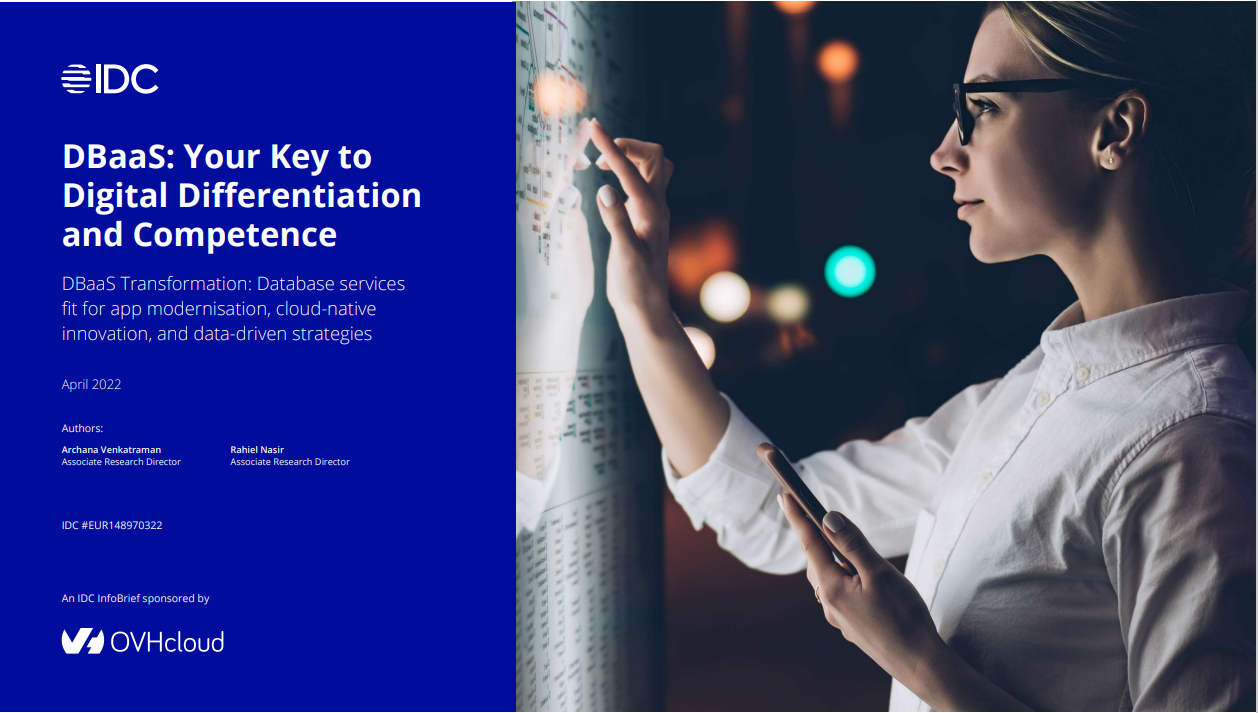How to reduce your company's software costs
Budgets are shrinking, so how can you reduce your company's software costs without sacrificing functionality?


Businesses in today's age need to do more with less. As usual, budgets shrink when a recession begins to take hold, which puts pressure on IT teams. Investing in tech has been high on the agenda, but organisations must now scale back, whether it's in slashing office costs, getting energy bills down, or reducing software costs.
Businesses can achieve more by working smarter, not harder. This means being strategic in the way they operate and making sure they're using their resources in the most effective way possible. Reducing software costs is feasible, but businesses must take care to make these savings in a responsible way, and try not to compromise on core business functionality.
Identify the biggest points of expenditure
The rapid shift to hybrid working dramatically increased IT spending. This, tied with economic concerns, has meant IT teams and the c-suite are under immense pressure to reduce costs without hindering digital transformation efforts, according to Helena Nimmo, CIO at Endava.
“There will be conversations about consolidations of systems, aligning IT with hybrid working and translating the value of the digital work done over the past couple of years into operational cost reductions. Even with the current increased rate of inflation,” she says.
Software spend takes up a significant portion of all IT spend, and with the SaaS model, it's near impossible to turn on and off. The cost of a SaaS application has many services wrapped into a single charge, and it is good to understand what these items are, says Nimmo.
"For example," she explains, "your contract might stipulate a certain storage quota and, once you are over it, you pay over the odds for the difference. Finding a way to stay within the quota for cost avoidance, or even reduce it for cost reduction, can be a piece of forensic work at the time of contract renewal, but is definitely worth it."
Guiding principles to reducing software costs
Beyond budget pressures, the ongoing supply chain challenges are reducing the supply of devices and components, pushing costs up. It can be difficult to identify where IT teams can cut costs without impacting productivity and satisfaction, says John Atkinson, director of sales engineering, UK and Ireland at Riverbed.
Get the ITPro daily newsletter
Sign up today and you will receive a free copy of our Future Focus 2025 report - the leading guidance on AI, cybersecurity and other IT challenges as per 700+ senior executives
RELATED RESOURCE

Building for success with off-premises private cloud
Leveraging co-location facilities to execute your cloud strategy
“The increasing prevalence of SaaS and hybrid cloud infrastructure make it challenging to monitor IT asset performance and usage, leading to bloated software, network and cloud spend,” he says.
“As a result, IT teams struggle to create a consistent, high-quality user experience. License tracking and other cost saving measures often fall by the wayside as many teams lack the tools to adequately monitor their infrastructure’s performance.”
One of the most important principles is to create an IT strategy that provides commonality and direction. Aligning the use of applications across the business, ensuring they are fit for purpose and making full use of their capabilities will realise the best cost efficiencies, according to Matthew Garrett, principal consultant at Entec Si.
"In larger companies, it's often the case that different applications are used across teams to do the same job," he says. "Aligning these applications and encouraging staff to adopt the same applications already in use in the business, rather than procuring new ones that get the same results, should reduce some of the spending on software,"
Searching across the business for greater efficiencies
For businesses looking to cut costs without losing out on functionality or compromising on quality, IT decision makers first need to understand how to make best use of their existing applications.
Through application rationalisation, Garrett says, businesses using multiple applications – for example, multiple document management systems – can to help relieve some costs. However, care must be taken not to compromise the integrity of core business operations.
“Rethinking the delivery of traditional infrastructure solutions and looking to use cloud-based options could also provide significant cost savings for larger businesses," he says. "A good example of this would be the use of a zero trust security model and tools to remove the need for a traditional WAN.
“For larger businesses with multiple offices, removing the need for traditional WAN can reduce costs, whilst moving to a cloud-based solution will increase user experience, security and connectivity to applications from locations outside of the office.”
Organisations should always strive to maximise the value of their software before cutting spending, agrees Simon Blunn, SVP and general manager EMEA at WalkMe. He advises asking employees whether they require any additional assistance or tools to get the most out of the software in front of them.
“A proper approach to digital adoption can help forestall aggressive cost cuts by making sure the technology organisations have invested in is being used to its full potential," he says. "Similarly, if users are able to fully utilise workplace software, the efficiencies gained will offset software costs through increased productivity."
Making new software arrangements
With the cloud and SaaS in ascendency, funding models for business software have changed. Greg Ouillon, EMEA CTO at New Relic, says that consumption-based pricing models are the future of SaaS and the best way for organisations to manage IT spend.
“In short, customers only pay for what they use," he explains. "This is critical during times where departments must justify every penny they spend. Traditional models forced teams to lock into multi-year contracts. For many, this resulted in under usage and wasted budget, or overuse and penalties."
Cloud models may have promised more flexibility around cost, but some products have not followed through on that initial promise, according to Tom Bridge, principal product manager at JumpCloud. “Look at products where you can see what you pay for on a per user basis, and what deals you can do by taking more of a bundled approach as well,” he advises.
Rene Millman is a freelance writer and broadcaster who covers cybersecurity, AI, IoT, and the cloud. He also works as a contributing analyst at GigaOm and has previously worked as an analyst for Gartner covering the infrastructure market. He has made numerous television appearances to give his views and expertise on technology trends and companies that affect and shape our lives. You can follow Rene Millman on Twitter.
-
 The Race Is On for Higher Ed to Adapt: Equity in Hyflex Learning
The Race Is On for Higher Ed to Adapt: Equity in Hyflex LearningBy ITPro
-
 Google faces 'first of its kind' class action for search ads overcharging in UK
Google faces 'first of its kind' class action for search ads overcharging in UKNews Google faces a "first of its kind" £5 billion lawsuit in the UK over accusations it has a monopoly in digital advertising that allows it to overcharge customers.
By Nicole Kobie
-
 The right workload in the right cloud: Your cloud. Your terms.
The right workload in the right cloud: Your cloud. Your terms.Whitepaper Looking to get more from your cloud experience?
By ITPro
-
 The ultimate guide to Netsuite integration
The ultimate guide to Netsuite integrationwhitepaper Download this eBook and get the most out of this powerful cloud-based suite of ERP software
By ITPro
-
 The ultimate guide to Salesforce integration
The ultimate guide to Salesforce integrationwhitepaper Quickly connect Salesforce to drive efficiencies and insights
By ITPro
-
 Getting started with the quantum cloud
Getting started with the quantum cloudIn-depth As the era of quantum computing edges closer, will the quantum cloud become how businesses harness their power?
By David Howell
-
 Draft bill could force AWS, Microsoft, Oracle to change public sector contracts
Draft bill could force AWS, Microsoft, Oracle to change public sector contractsNews A US senator is reportedly hoping to change the way the 24 federal agencies buy software
By Zach Marzouk
-
 Hewlett Packard Enterprise names Matt Harris as new UK managing director
Hewlett Packard Enterprise names Matt Harris as new UK managing directorNews The longtime contributor takes the place of Marc Waters, who will stay with HPE as a senior vice president
By Rory Bathgate
-
 Your key to digital differentiation and competence
Your key to digital differentiation and competenceWhitepaper Database services fit for app modernisation, cloud-native innovation, and data-driven strategies
By ITPro
-
 IBM offers enhanced SAP cloud migration service
IBM offers enhanced SAP cloud migration serviceNews IBM is now a premium partner for SAP's Rise migration program
By Danny Bradbury